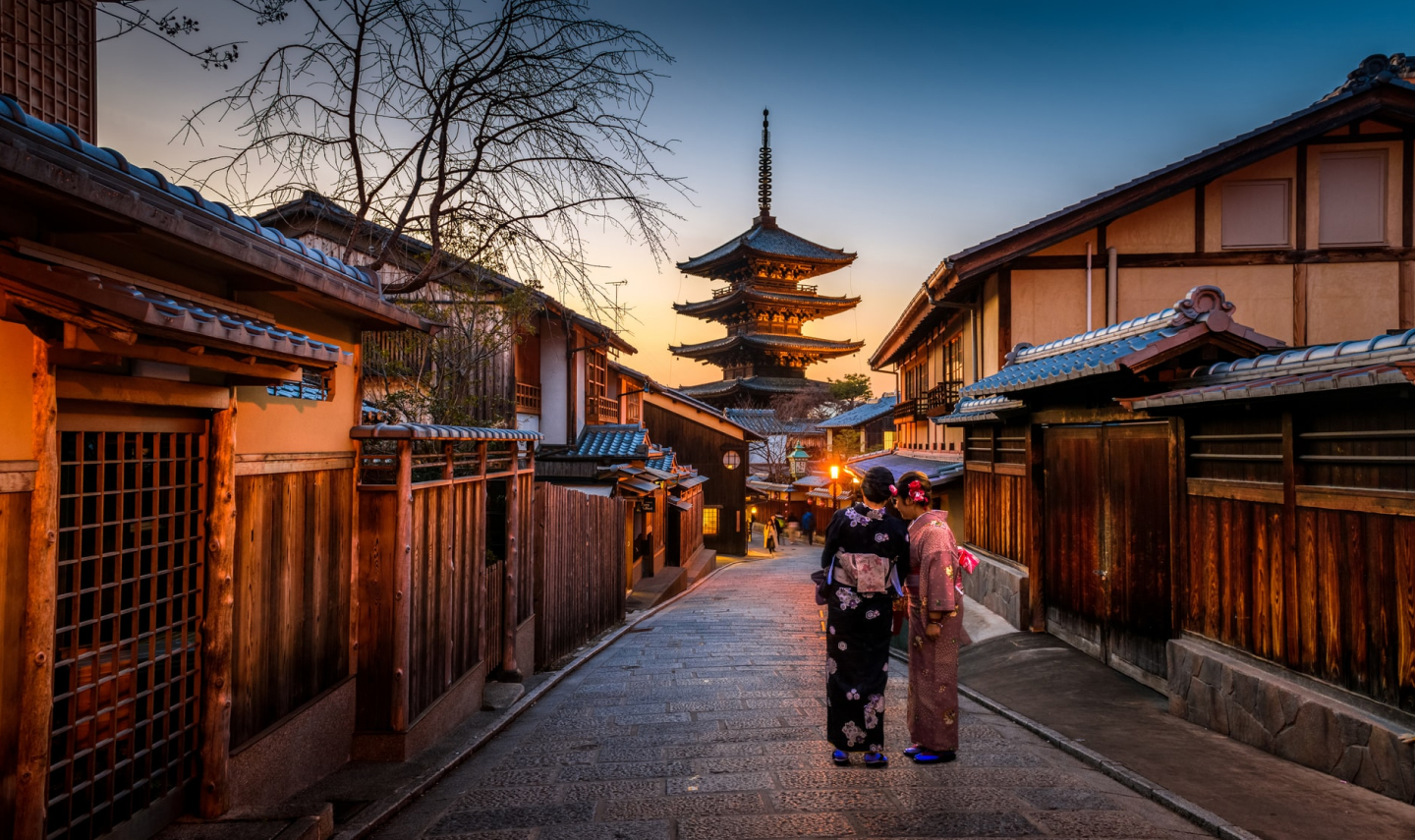Myanmar - Getting to know Yangon
Although, since 2006, it’s no longer officially the country’s capital city, Yangon - named Rangoon by the British during colonial years - is Myanmar’s largest & most internationally famous metropolis. Although relatively undeveloped compared to other large Asian cities, a boom in foreign investment over recent years has meant international companies such as KFC and Pizza Hut have started to pop up alongside decaying colonial-era buildings and traditional shop-houses, somewhat balanced by an effort to conserve the city's historic properties.
Yangon may have experienced a surge of development, but the city’s skyline is devoid, on the whole, of skyscrapers, defined instead by the astonishing gilded stupa of Shwedagon Pagoda. This 2,000 year old temple is one of the most significant religious sites in Myanmar and is a truly magical place; informally spiritual with none of the haughty chill that can deter secular folk from Western churches. You will need to remove your shoes & cover up, at least further than your elbows & knees, although you can borrow longyi - traditional Burmese wraps - from the ticket booth.
Work is underway to preserve the city’s historical architecture and green space, and the Yangon Heritage Trust, in particular, are pushing for the creation of conservation areas to protect the lakes and parks, whilst sensitively managing urban growth and transforming Yangon into a 21st century city. The outcome remains to be seen…
What to do in Yangon
Shwedagon Pagoda is an unmissable highlight, but by no means the only pagoda in Yangon worth visiting. Known as the ‘gathering point’ by the city’s residents, Sule Pagoda was built during the lifetime of the Buddha, making it more than 2,600 years old, and has played an important part in contemporary Burmese politics.
Jump aboard the Yangon Circle train. The most popular form of travel for local Yangonites, the circle train trundles along 29 miles of bumpy track through the city’s suburbs. Commuters, monks and snack-selling vendors hop on and off: feel free to take their lead as many stops have teashops and nearby markets to meander through.
Explore Chinatown’s thronging night market, then pull up a plastic stool on 19th Street alongside the locals, and sample the street food offerings, washed down with a cold Myanmar beer.
For a more refined dining experience take high tea at The Strand: bottomless tea, dainty sandwiches and scones in Colonial surrounds – just how afternoon tea should be.
Around Yangon
For plentiful Buddhas, abundant temples and an impressive restored palace, journey to Bago, the former ancient capital of the Mon Kingdom. Stop en-route at the Allied War Cemetery near Htaukkyant: the final resting place of some 27, 000 allied troops who lost their lives in Burma during World War II.
Dala, one of Yangon’s townships, is surprisingly rural and undeveloped considering its close proximity to the city. A visit to the monastery is an excellent chance to learn about monastic life in Myanmar. Nearby Twante is also worth a visit and is well known for its pottery, but still rarely visited by tourists.
Mopeds & motorbikes are banned from Yangon city centre and there are numerous rumours about why. One is that a general’s son was killed on a motorbike, another claims it was because a biker made a threatening gesture to a general. Whatever the reason, the ban has resulted in traffic congestion in the city…
Speak to one of our
Concierge specialists

Start planning your tailor-made trip by contacting one of our Concierge specialists
Map of Yangon
Places on the map
-
Yangon
-
Maymyo
-
Mawlamyine & Hpa An
-
Ayeyarwady
-
Kyaiktiyo
-
Bago
-
Ngwe Saung
-
Taungoo
-
Thandwe
-
Mae Hong Son
-
Tak
-
Loikaw
-
Kamphaeng Phet
-
Lamphun
-
Chiang Mai
-
(4,000 Islands)
-
Sukhothai
-
Lampang






















